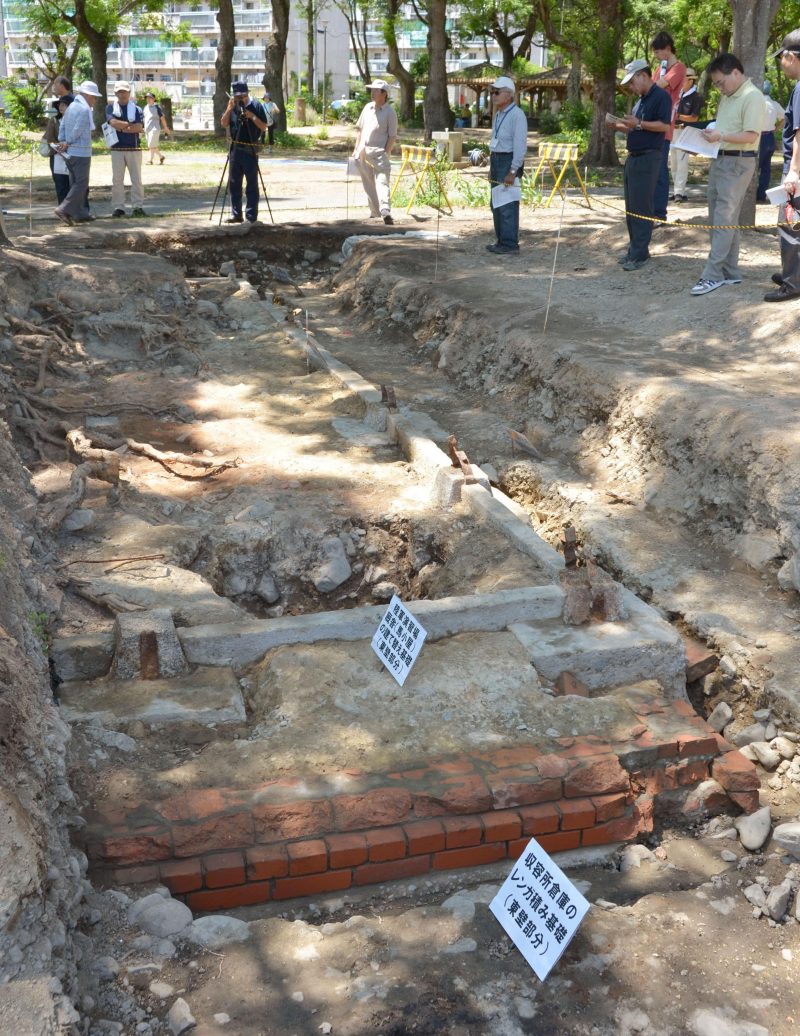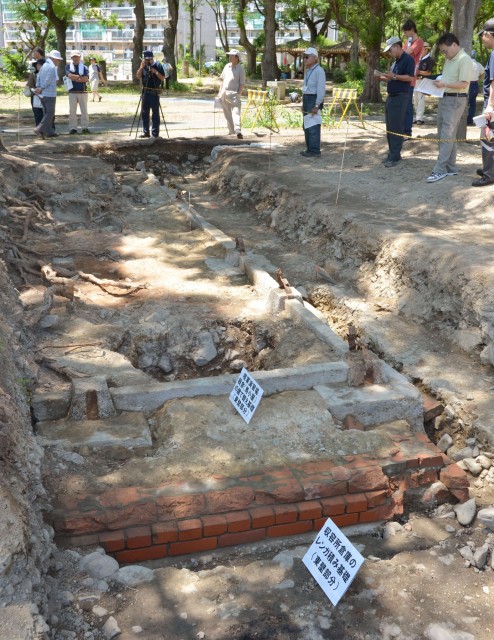Private Arthur Kelder was not by far the only American soldier to perish in a Japanese POW camp during the Second World War. Tens of thousands of others were captured during the conflict, and many of them did not survive. A good portion of these men unfortunately never received burial in their native land. However, roughly seventy-two years after his death in the POW camp, Kelder will be one of the lucky few to return to American soil.
Kelder was one of thousands of imprisoned soldiers to take part in the Bataan Death March, a forced march over the course of nearly a week in which captives received little in the way of food or water. Although hundreds of his compatriots died, Kelder lived through the march only to die shortly thereafter at the POW camp. He was only twenty-six years of age at the time. Along with over a dozen other soldiers of American and Filipino origin, he was crammed unceremoniously into a mass grave known as Common Grave 717.
Common Grave 717 was unearthed not long after the end of the conflict, but positive identification of the bodies remained an issue. The United States government had in their possession records from the Cabanatuan POW camp which included the names of those buried in the grave, but the government still had to make a complete forensic identification before remains could be brought home. Those who could not be identified were reburied in the Philippines, at the Manila American Cemetery, the CBS News reports.
John Eakin, Kelder’s cousin, has been aware of this information for five years. The entire time, he has been pleading his case with the Joint POW/MIA Command so that his cousin’s remains might once again be disinterred. While remains from the POW camp could previously not be identified, new advancements in forensic identification technology have convinced JPAC to revisit their decision and disinter Kelder’s remains along with the other unidentified remains of Common Grave 717.
JPAC hopes that all ten sets of unidentified remains from the Cabanatuan POW camp can be positively identified and returned to native soil. This is a best-case scenario, and may not be the case as remains from mass graves are sometimes commingled in a fashion which makes identification a long and difficult process. Though Eakin has previously filed suit against JPAC for their inaction, and has his suspicions that this is the primary motivator in their decision to investigate the remains from the POW camp, his primary hope is simply that Kelder can be returned home.

